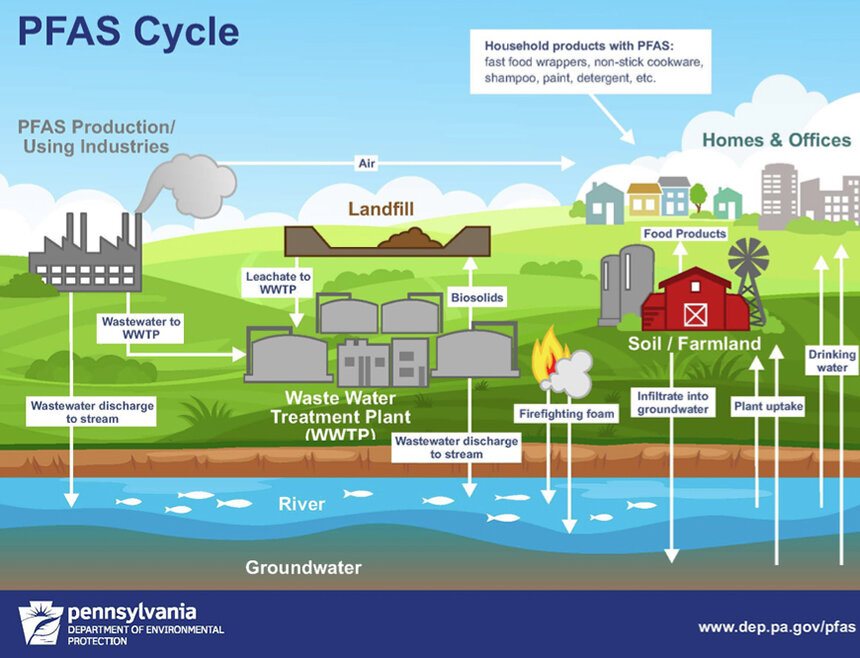Debate Over Free Passes Highlights Unique Funding for Narragansett Town Beach
June 6, 2022
NARRAGANSETT, R.I. — How much does it cost a town to run a beach?
Last month the issue got attention when members of the Town Council debated whether to award free season passes (but not free parking) to members of the Narragansett Indian Tribe. Council members voted to approve the passes by a vote of 3-2, but Parks and Recreation director Michelle Kershaw expressed concern over the solvency of the beach’s enterprise fund.
“I know a lot of people don’t realize that the beach runs on an enterprise fund,” Kershaw told ecoRI News in a recent phone interview. “We often relay that information; I know a lot of people in town don’t realize that. Some people think their taxes do go toward running the beach, and they do not.”
Somewhat unusually, the town of Narragansett uses enterprise funds to pay for select town functions it deems “business-type activities,” and these funds must recover all or a significant portion of their costs through user fees and other charges. In addition to the beach, Narragansett runs its water utility, sewer department, and some recreation areas from enterprise funds.
The beach fund is healthy; as of the end of fiscal 2021, the fund balance was $4,052,298 — the highest net position out of the four enterprise funds used by the town, according to a townwide financial audit. The beach’s expenses for 2021 were $2,310,494, and the town collected $2,467,408 in charges for services, leaving the fund with a profit of $156,914.
But expenses are creeping up and revenue is falling, according to Kershaw. The beach had posted net profits above $450,000 in the years leading up to the pandemic — including a recent high of about $582,000 in 2019 — before revenue fell off in 2020 due to limited capacity because of the pandemic.
Kershaw said she tries to keep the beach enterprise fund at a “healthy balance,” and said she is concerned about the threat of hurricanes to the shoreline.
“If we do get a Category 4 or, God forbid, [Category] 5 and the beach got wiped out, I’m not sure what exactly the town’s position would be on rebuilding,” she said.
One of the enterprise fund’s biggest expenses is a payment in lieu of taxes to the town of Narragansett. In fiscal 2021, the beach fund paid $213,424 to the town. In 2022 that figure is projected to increase to $233,424.
Beach fees, especially on a well-known, popular beach like Narragansett, are a frequent target for shoreline activists.
“There used to be public access to Narragansett Town Beach,” said Conrad Ferla, a South Kingstown resident who runs a shoreline access Facebook group. “But if you block all the public access, if you have to cross the property you have the ability to charge.”
Narragansett Town Beach used to have public access points, once upon a time. According to a series of articles from the Narragansett Times in the spring and summer of 1911, the Town Council declared Beach Row a “public highway” around the south side of the beach, where Ocean Road and Beach Street meet today.
Over time, in a modern example of medieval enclosure, private property owners began buying property around the beach and restricting access. As one Provides News article put it in 1924, “The general public is not wanted at the beach at Narragansett Pier. The socially elite resent being surrounded by Tom, Dick and Harry — meaning the ordinary fellows.”
The issue was mostly resolved in 1938, when that year’s legendary hurricane destroyed most of the beach and its public bathing facilities, neutering the summer tourism season for the town. The 1939 Enabling Act passed by the Legislature allowed Narragansett to continue operating the beach and bathhouses as a business, “and to make reasonable rules and regulations for the use of the same and charge reasonable fees therefore.”
Town officials voted in August 1939 to abandon Beach Row, the public highway that led onto the beach, and the town enacted more stringent restrictions to access. The town has been charging for access to the beach since 1939.



